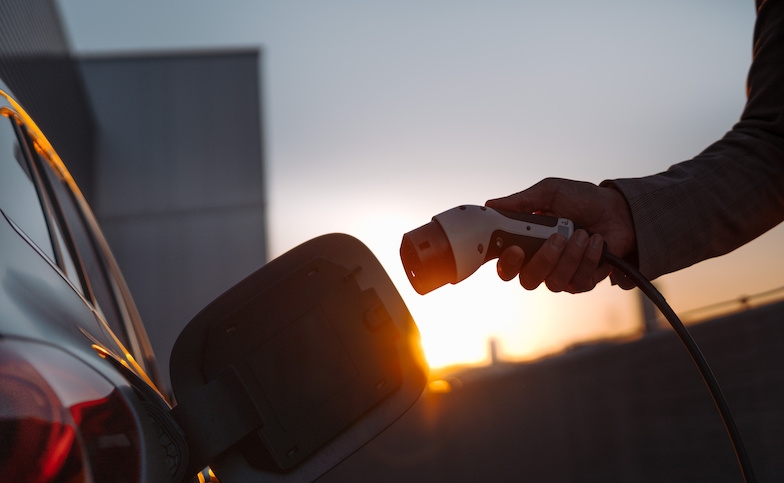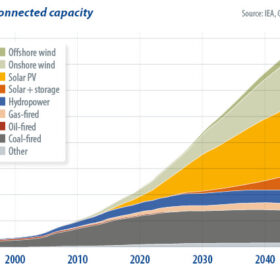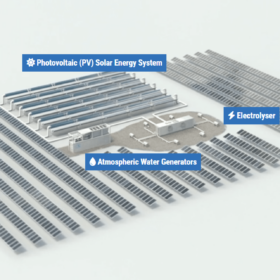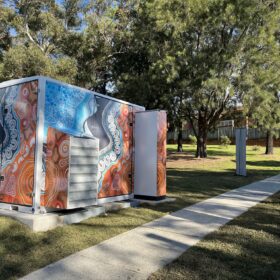Researchers from the University of Queensland (UQ) believe the New Vehicle Efficiency Standard (NVES) Bill and announcements in the recent Federal Budget, including investment in integrating electric vehicles (EVs) with the grid and local battery manufacturing provide hope for accelerating Australia’s uptake of EVs.
They have however warned that the transition to EVs will require a collaborative effort across technology adoption, policy formulation, financial mechanisms and workforce development.
The new vehicle emissions standard, passed by parliament earlier this month, requires car makers to reduce emissions from new passenger vehicles by more than 60% by 2030. It also roughly halves emissions from new light commercial vehicles over the same period. The scheme will commence on 1 January 2025 but manufacturers will not begin earning credits or penalties until 1 July 2025.
The legislation is expected to have wide-ranging effects across the automotive space and Dr Kai Li Lim from UQ’s Dow Centre for Sustainable Engineering Innovation said it is “imperative Australia, and our infrastructure, is ready.”
“The transition to EVs will require both strategic investment and careful thinking, as charging technology and charging behaviour continue to evolve,” he said.
Lim said one of the keys will be improving public EV charging infrastructure, saying it needs to be more reliable and built with longevity in mind.
“Chargers also need to be as accessible as possible, including retrofitting existing commercial and residential buildings,” he said.
Lim’s colleague, Dr Dia Adhikari Smith, said the focus on EV charging infrastructure needs to ensure comprehensive coverage across urban, regional and remote areas.
“This includes accelerating the building of heavy EV charging infrastructure like fast-charging stations for trucks and buses,” she said.
Smith said establishing local battery and parts manufacturing and recycling would also help drive the uptake of EVs in Australia.
“Local supply chains, including for imports, would stimulate the electrification of commercial vehicles and heavy machineries,” she said.
Popular content
UQ School of Engineering and Computer Science Associate Professor Archie Chapman said introducing vehicle-to-grid charging technology that allows EVs to either be recharged or used as batteries to provide back-up power to the grid would also be vital to increased uptake.
“EVs can act as mobile energy storage units, giving owners the opportunity to monetise their vehicles through demand response programs,” he said.
“Light and heavy EVs should be enabled and encouraged to supply energy back to the grid, lowering energy costs for consumers and reducing greenhouse gas emissions.”
Upskilling an EV sector workforce was a fourth measure recommended by the researchers identifying maintenance of vehicles and chargers, building chargers and charging sites, and developing software.
“This will require setting up specialised courses to satisfy skill demands and presents opportunity for Australia in the automotive value chain,” Lim said.
“Workers in the internal combustion engine vehicle sector should be supported with transition programs, and ideally be provided with pathways toward EV manufacturing and services.”
Lim also said the replacement of fuel excise revenue to a fair road user charge for EVs would eventually be needed to replace the loss of fuel excise revenue and to continue recouping road costs.
This content is protected by copyright and may not be reused. If you want to cooperate with us and would like to reuse some of our content, please contact: editors@pv-magazine.com.








By submitting this form you agree to pv magazine using your data for the purposes of publishing your comment.
Your personal data will only be disclosed or otherwise transmitted to third parties for the purposes of spam filtering or if this is necessary for technical maintenance of the website. Any other transfer to third parties will not take place unless this is justified on the basis of applicable data protection regulations or if pv magazine is legally obliged to do so.
You may revoke this consent at any time with effect for the future, in which case your personal data will be deleted immediately. Otherwise, your data will be deleted if pv magazine has processed your request or the purpose of data storage is fulfilled.
Further information on data privacy can be found in our Data Protection Policy.